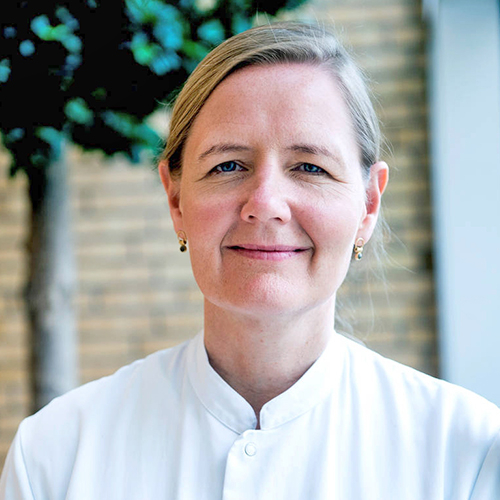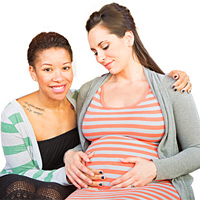 Cesarean Birth Online Course(s) & Continuing Education
Cesarean Birth Online Course(s) & Continuing Education
Access the latest clinical skills and research for Cesarean Birth for PREGNANCY, LABOUR & CHILDBIRTH professional training. These Cesarean Birth online courses provide practice-changing skills and valuable perspectives from leading global experts. This Cesarean Birth education has been accredited for a variety of CEUs / CERPs and can be accessed on-demand, at your own pace.

Reducing Cesarean Rates Through Teamwork and Innovation: A Case Study From Denmark

Kamilla Gerhard Nielsen is as obstetrician and psychotherapist part of the delivery unit in Aabenraa in Southern Denmark. A unit that has worked towards minimizing intervention in a safe environment with good outcome for mother and child. After joint effort from doctors and midwifes the department now has a cesarean section rate of 13 %, which is the lowest in Denmark. The rate of elective cesarean is 3 % and the unit has a high rating of satisfaction in Denmark from women giving birth.
Kamilla teaches with Obstetriwise.dk in several countries on the Upright Breech Birth, Fear of Childbirth and Occiput Posterior workshops. All theoretical and practical workshops with the aim of reducing unnecessary intervention in childbirth.
Topic: Reducing Cesarean Rates Through Teamwork and Innovation: A Case Study From Denmark - [View Abstract]
The cesarean delivery rate in America has increased steadily from 5% to 30-32% over the last 50 years, along with an increase in costs as well as short- and long-term maternal, neonatal and childhood complications. In Denmark, extensive teamwork between obstetricians and midwives has succeeded in reducing the cesarean section rate at the Hospital of Southern Jutland (SHS). Ten initiatives were implemented over eight years from 2010 to 2018. The department focused on natural childbirth, teamwork, vaginal breech birth, VBAC and only performing cesarean section (CS) when medically indicated.
After implementation of the initiatives at SHS the rate of elective CS decreased from 8% to 3%, emergency CS stable at 13%, and the overall CS rate decreased from 20% to 16% in 2021. In comparison the national rate went from 21% to 19%.
These reductions were made without any significant increase in birth complications such as instrumentation at vaginal delivery, low pH or low Apgar scores. One of the biggest changes at SHS is the rate of vaginal birth after previous cesarean section. The department has a team working to support women with fear of childbirth by making specific birthing plans. The department shares a belief that a good vaginal birth experience is better than an elective cesarean if the women feels safe.

The Ethics & Realities of Forced Cesarean Surgery

Jen Kamel is a VBAC strategist, national speaker, and founder of VBAC Facts®. VBAC Facts was born out of her own frustration as a cesarean parent attempting to understand the medical literature and political barriers surrounding VBAC. Her mission is to increase VBAC access through educational programs, legislative action, and amplifying the consumer voice. She envisions a time when every pregnant person seeking VBAC has access to unbiased information, respectful providers, and community support so they can plan the joyful birth of their choosing in the setting they desire. She travels the country presenting her signature program, “The Truth About VBAC” and speaking at various regional and national conferences, including Human Rights in Childbirth, DONA International, and the Indiana Midwives Association. She has testified multiple times in front of the California Medical Board on the importance of VBAC access and is a board member for the California Association of Midwives.
Are women forced into cesarean surgery? How is this possible? When does it happen? Why does it occur? And what do forced/coerced cesareans really look like? This session will explore the extreme disconnect between medical evidence, national guidelines, ethical responsibilities and the current maternity care system. We will focus on the role of hospital “VBAC bans” which restrict access to vaginal birth after cesarean and mandate repeat cesarean as well as the public health fallout of such policies. We will review how forced cesareans can occur in the face of national guidelines that denounce them while professional ethics simultaneously affirm and honor the autonomy of the pregnant person. Finally we will close with how we can turn the tide, create change, and improve the care our clients and children will ultimately receive.









